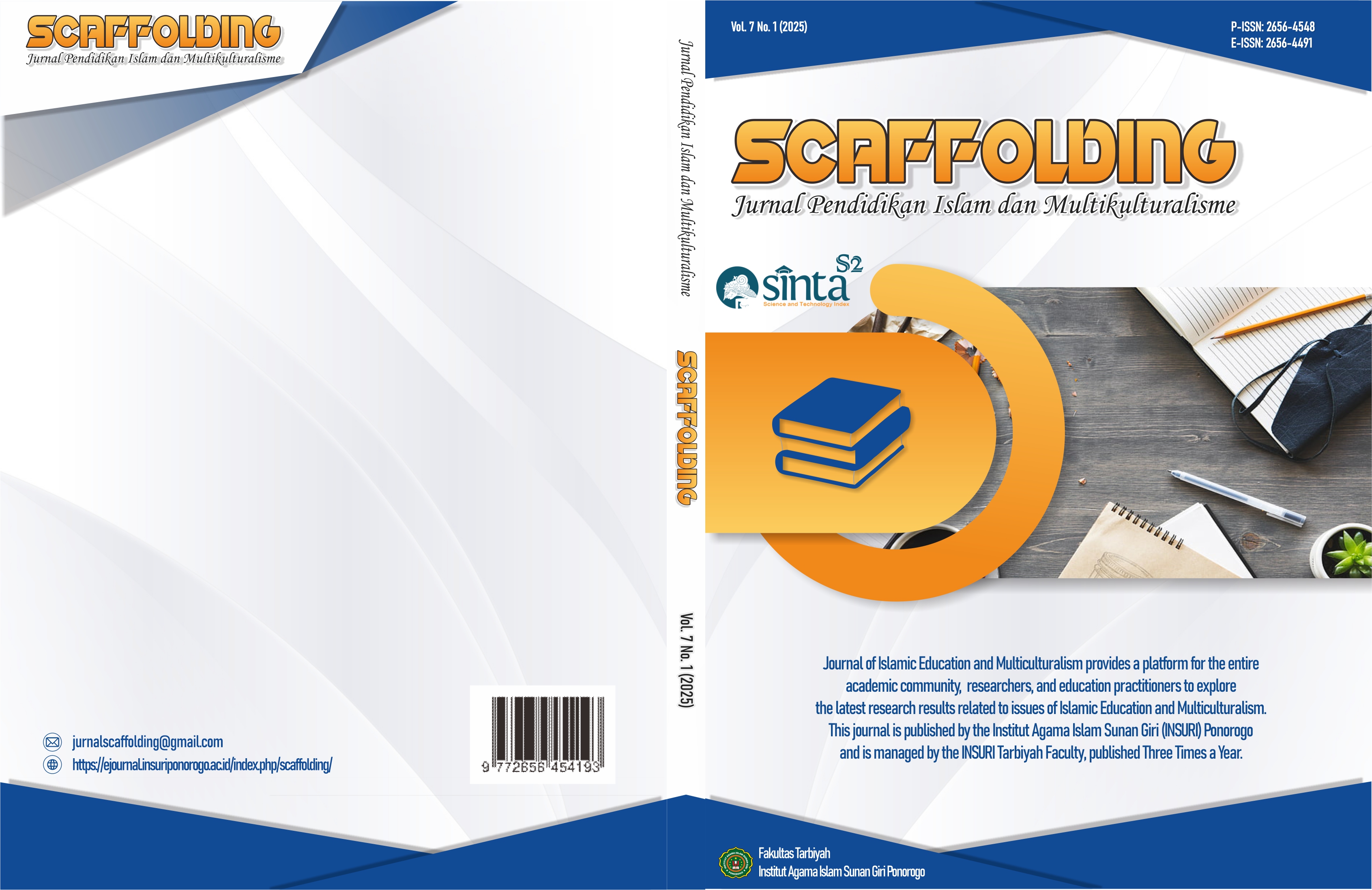Neuroeducational Assessment Design of Islamic Religious Education in the Era of Society 5.0
DOI:
https://doi.org/10.37680/scaffolding.v7i1.7286Keywords:
Neuroscience, Assessment, Islamic Religious Education, Era Society 5.0Abstract
This study designs a neuroscience-based Islamic religious education assessment in the era of society 5.0 that combines neuroscience and learning evaluation to assess cognitive, affective, and psychomotor aspects. Using a Systematic Literature Review (SLR) approach with PRISMA methodology, this study synthesized findings from 23 articles published between 2014 and 2025. The PRISMA approach was used for data analysis, which is a systematic review that aims to screen, evaluate, and report the literature transparently. The steps of data analysis with PRISMA involved a process of identification, screening, feasibility assessment, and inclusion of relevant literature. The results of this study compiled a neuroscience-based neuroeducational assessment design in Islamic education learning based on Paul D. Maclean's theory (triune brain), which is expected to contribute to assessment innovation in Islamic education to answer the needs of the learning process that is relevant to the challenges and potential of society 5.0.
Downloads
Published
How to Cite
Issue
Section
License
Copyright (c) 2025 Pudyas Tataquna Raniya, Thoriq Aji Silmi, Kusaeri Kusaeri, Suparto Suparto, Sita Isna Malyuna

This work is licensed under a Creative Commons Attribution-NonCommercial 4.0 International License.
Authors who publish with this journal agree to the following terms:
Authors retain copyright and grant the journal right of first publication with the work simultaneously licensed under a Creative Commons Attribution-NonCommercial 4.0 International License that allows others to share the work with an acknowledgement of the work's authorship and initial publication in this journal.
Authors are able to enter into separate, additional contractual arrangements for the non-exclusive distribution of the journal's published version of the work (e.g., post it to an institutional repository or publish it in a book), with an acknowledgement of its initial publication in this journal.
Authors are permitted and encouraged to post their work online (e.g., in institutional repositories or on their website) prior to and during the submission process, as it can lead to productive exchanges, as well as earlier and greater citation of published work.



